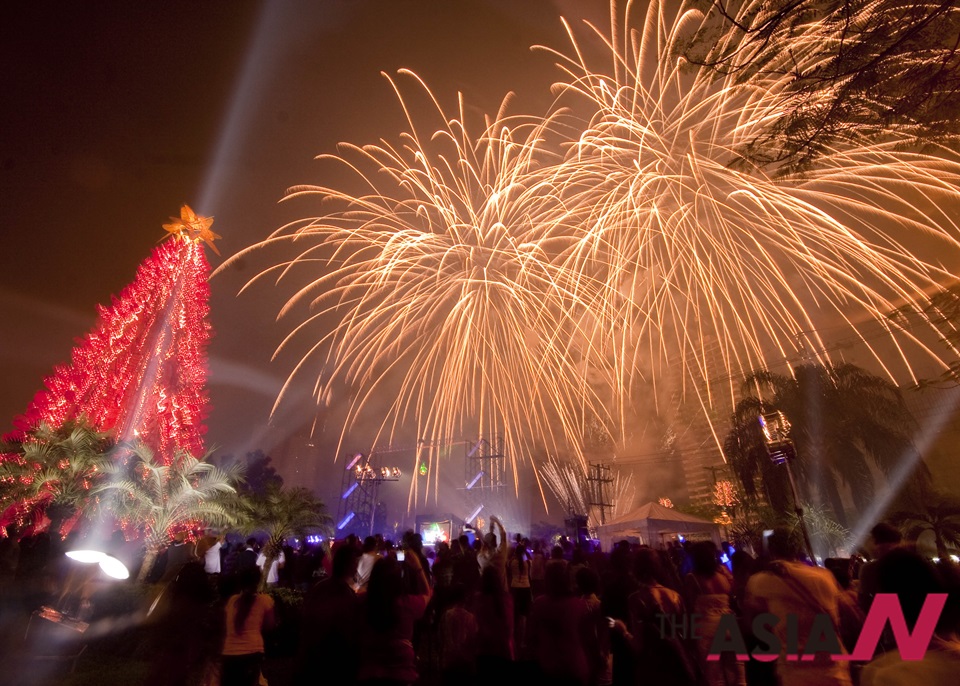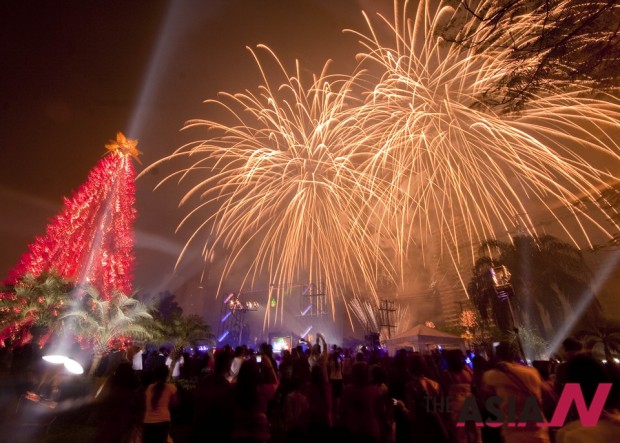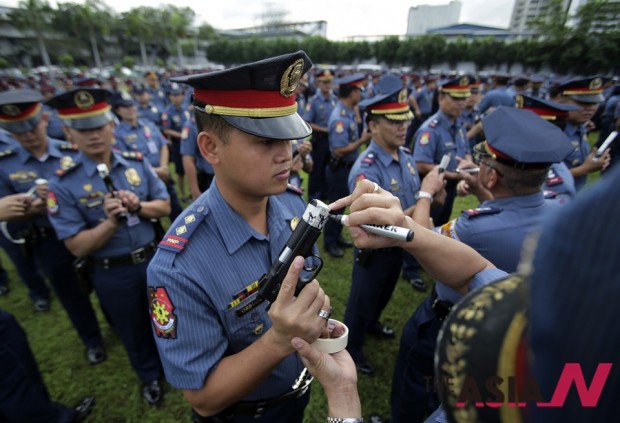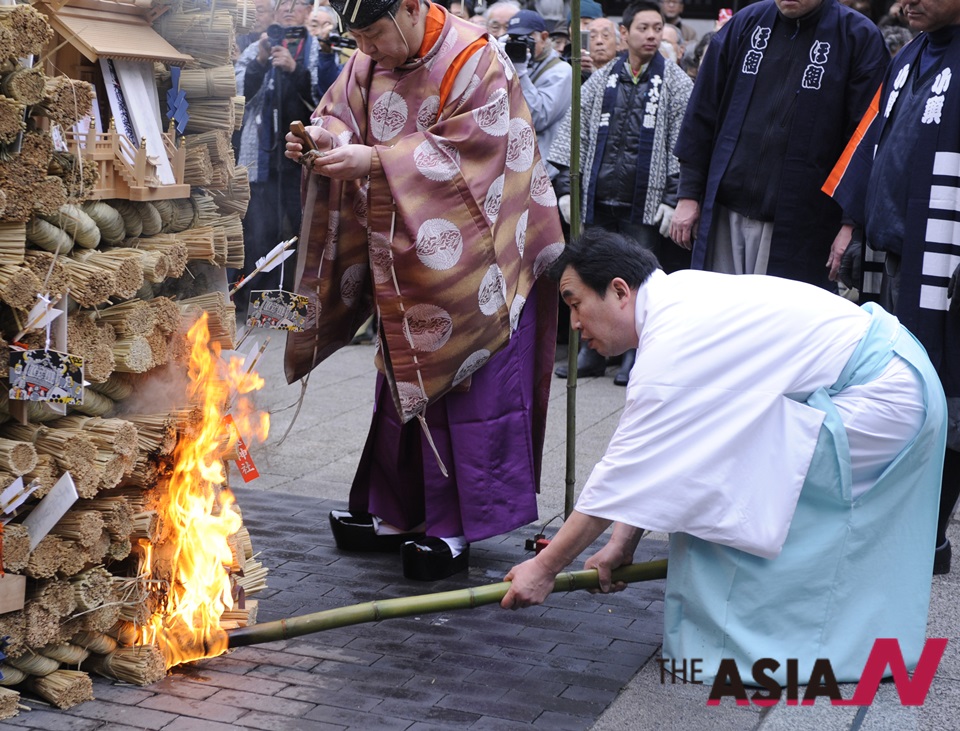
Welcoming the New Year in the Philippines

Filipino Culture and Traditions in Celebrating the New Year
After all the festivities during Christmas, the New Year is widely seen as the closure of the holiday season for Filipinos. Traditionally, the celebration extends to the Feast of the Three Kings, a celebration signifying the arrival of the three kings from the Orient to Bethlehem to witness the child Christ. Nowadays, however, the Feast of the Three Kings is only symbolically celebrated through a mass in the first Sunday of the year.
Another reason for Filipinos to consider that the New Year is the fact that January 2 is the end of the consecutive holidays from December 24th, day before Christmas, a special non-working holiday. However, the holiday cheer will still continue until February as most Filipinos will be hesitant to remove the decorations on their homes.
A Celebration of Cultures and Traditions
Same with Christmas, locally known as Pasko, celebration for the New Year is a mix of different cultures and traditions. Christmas usually is observed with both local Filipino features with parols or star-shaped lanterns that bright up the night sky and Simbang Gabi or early morning masses that Filipinos go for 9 days until Christmas, but at the same time western icons such as Santa Claus and Christmas trees can be seen in home decorations. New Year, on the other hand, is observed with superstitions of Chinese origin such as having things with round shapes such as fruits and coins, as well as polka-dot design clothes for good luck, as well as making noises with the strike of 12 midnight to drive the evil spirits of the forgone year away. Filipino Christmas and New Year reflects the diversity of Filipino culture and the openness of the Filipino people to foreign practices.

Symbolisms and Superstitions
Being a predominantly Catholic country, Christmas has always been celebrated with tradition circling with the church and family. On the other hand, New Year, not being of any religious by origin, has been flexible in incorporating different practices; most of them are done to ‘maximize’ the opportunities in the year ahead. As such, symbolism takes a huge part of it, both in food that served and different practices done while waiting for midnight to come.
Most basic of the food that Filipinos always meticulously prepare for the New Year are 12 round fruits. They represent the 12 months of the year. One kind of fruit that represents each of the seasons is important, including grapes, oranges, melons, watermelon, and other local fruits such as citrus pomelo. Malagkit, a type of glutinous rice dessert, is served as well, so that food fortune will stick with the person the whole year. Pancit, stir-fried clear vermicelli noodles in soy sauce, is served signifying long life. These are consumed during Media Noche, or midnight feast. Whatever is served in the table, symbolic food cannot be out of the table. Interestingly, fish and chicken are not served because they symbolize hardship as these animals scrounge for food.
Apart from food, there are other interesting practices that Filipinos do in anticipation of the New Year. They are not, by any reason, related with any religion, but are reflective of how superstitious Filipinos are, and perhaps, the willingness to sweat the small stuff to ensure a better year ahead. Round foods and noise, are mainstays, which are believed to be of Chinese origin, other traditions are really truly Filipino.
I remember when I was a kid that there will be a major house clean-up for about 2 days until New Year’s Eve. Not only because of anticipation for any visitors who will come, but a sign of finally closing the year that was and welcoming the spirit of the New Year with open arms. No cleaning in the New Year’s Day though!
Halfway waiting for the midnight, smoke is already thick in the sky as many have already started to light firecrackers. Noise symbolically drives the evil spirits away. While there are lesser people willing to pay for this practice, a huge number of Filipino still do, sometimes making the roads impassable and midnight approaches, with fear that they will be hit. Grandparents and parents prepare crisp new bills for the children to put in their wallets, symbolizing new and good fortune for the year ahead. Once the clock strikes 12, coins for are thrown to the ground for children, which should be kept for the whole year. What I cannot forget, however, is the belief that jumping exactly when the clock strikes 12 will make one taller.
Focus on ‘What’s Important’
The practice of making noise to welcome the New Year is often criticized to be ‘too lavish’ or something that my father would call as a ‘waste of money’. Record number of accidents involving the improper use of firecrackers is recorded even before the midnight celebrations, often involving young children. Emergency rooms are often filled with victims, often leaving a permanent scar of body deformation. As such, the government has been active in promoting lesser use of firecrackers. This is not to mention the clutter created the day after as well as the thick smog that fills the air the day after.
As such, more and more Filipinos opt to spend New Year’s Day far away from the city. Beach resorts are often fully booked months ahead for this day, and instead, the management prepares special events like fireworks display and music to make some noise for the New Year. Some opt to go abroad, taking advantage of the holidays. Spending time as such, Filipinos are reminded of the importance of spending time during this important holiday with loved ones and family. Sharing the year that was, mending any heartaches and reconciliation within the family, and wishing a great year ahead together is the most important part of New Year for the Filipino. Manigong Bagong Taon, or the New Year’s greeting in Filipino, closes the celebrations of the season, which literally wishes all the best in health and wealth for the year ahead.




